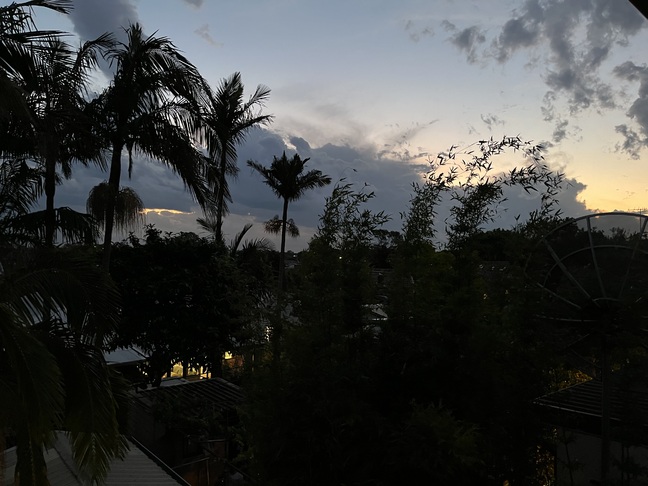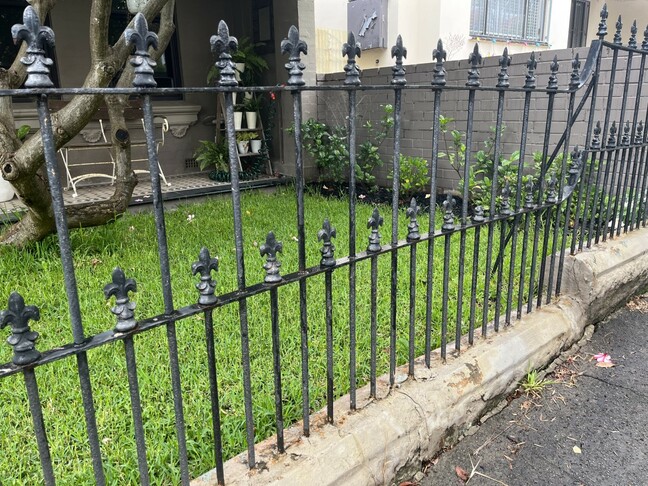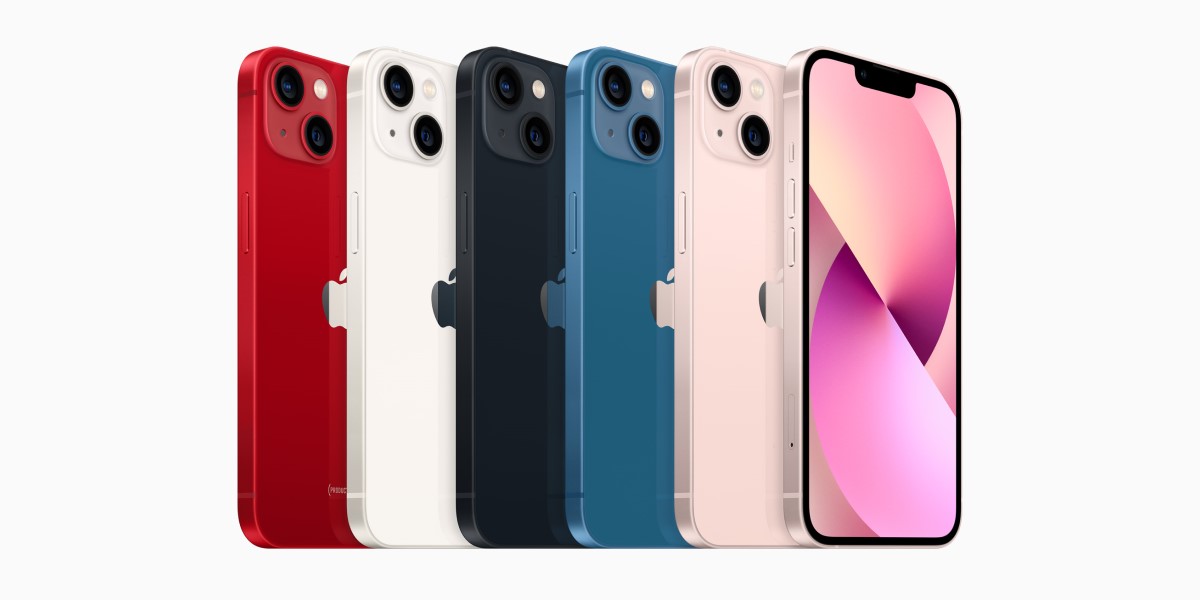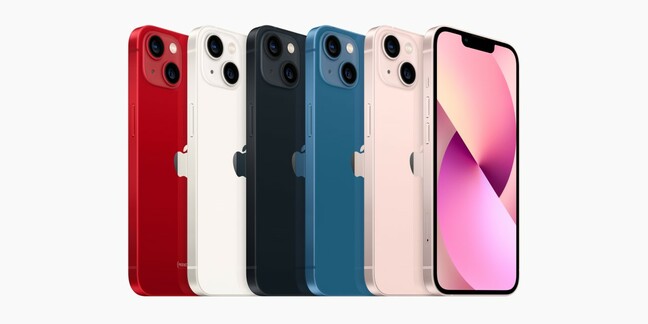Review Smartphones are no longer exciting, but Apple insists on combining its mutually optimized operating system, online services and proprietary chips to provide an extraordinary experience.
I decided to test this assertion in unusual and extreme workloads and general smartphone tasks.
For extreme workloads, I choose to use iPhone to run Zwift, This is a bicycle simulation game that can obtain real-time information about the strength and rhythm of the cyclist, broadcast it via Bluetooth, and match these movements with the simulation speed in the virtual world.
I also connected a Bluetooth heart rate monitor and Bluetooth earbuds so that I can listen to podcasts while training, and plug the iPhone into the Lightning-to-HDMI cable so that I can see Zwift on the 28-inch display instead of the iPhone’s 6.1 inch screen.
This is a workload that my main laptop (the 6th generation Lenovo X1 Carbon with Core-i5) can easily handle after it takes a minute or two to warm up. I usually don’t let the PC play streaming audio, and prefer to use my smart phone to handle these trivial matters.
Zwift started faster on the iPhone 13 than on the PC, and tested it for 90 minutes with all these devices connected, without missing a beat. None of the pixels of Zwift’s video output were buffered or smeared, and none of the words in the podcast I listened to was corrupted. The data flows from my bike coach to Zwift without errors. My heart rate monitor is easily dropped on the PC, but it is always connected.
The phone is also faster than my PC to find and pair with my accessories, and it is more reliable to reconnect during subsequent rides.
It’s amazing to see the smart phone so easily handle the workload that drives the PC. It also shows the limitations of the device, as all these Bluetooth connections consume a third of the iPhone’s battery capacity for 90 minutes. This did not make the phone hot, but it made the battery drain more easily than before the torture test.
After using heavy workloads for a long time, iPhone 13 is not the only one that suffers. I often observe that such conversations can scratch the battery of the phone a bit. Before the torture test, the iPhone 13 always had enough juice at the end of the working day. After that, it sometimes appears on the bedside table for less than 20% of the price.
When zooming or streaming video via Wi-Fi, the battery drains at a rate of 8% per hour. Continuous use of GPS with the screen off consumes approximately 5% of battery power per hour.
During the four-hour ride, I placed the iPhone on the back of the cycling jersey and used the iPhone to run GPS. It survived the sun, the drizzle, and my sweating conditions, which is beyond readers’ imagination.
In general, the phone feels very flexible. I use it to broadcast morning radio news in my bathroom, never worrying about it becoming a victim of steam, splashing or wet hands on broken tiles on the screen.
It turns out that using the iPhone to get to the starting line is unexpectedly complicated. My recent mobile phone upgrades are Android to Android and Samsung to Samsung. In that world, a new mobile phone will soon clone itself and even manage to move some passwords on the new mobile phone.
Apple’s Android to iPhone migration application was not very successful. The same goes for a tool that allows you to migrate your account from iPad to new iPhone.
The poor migration experience caused three consecutive weeks of overlap between phones, because I had time to retrieve my password and skip the necessary security measures to ensure that the financial services application allowed me to use Apple phones for transactions. This is a bit disappointing.
The same is true of Apple’s preference for the Face ID biometric system.
At this moment of wearing a mask, facial biometric technology is the wrong choice. In my test, local regulations require that QR codes must be used to sign in and to wear a mask in almost any environment outside the home. Therefore, a weekly shopping trip means a lot of QR scanning.
The iPhone 13’s reliance on Face ID means the need to repeatedly remove the mask (and occasionally passersby frown) to activate the sign-in application.
Face ID works well, including in very low light, or when wearing sunglasses or a hat. It integrates well with third-party applications.
But it does not allow the creation of masked biometrics.
This is painful because Apple Pay uses Face ID. During the deep lock, I found myself reusing the payment card, just to avoid repeated attempts to unmask it.
I believe fingerprint readers will be more convenient in 2021, and for many users in 2022 and beyond.
The Face ID experience set the tone for the entire phone. When it didn’t ask me if I wanted to use a password instead of my face, the iPhone reminded me that iCloud is full, which means I can’t back up.
This machine didn’t quickly pair with my Samsung Bluetooth earbuds—it needed an app to make them talk—feeling like another signpost, designed to keep me thinking about my journey into Apple’s country.
The box strangely contains a USB-C to Lightning cable (but no charger) as well. This is a strange choice because the installation base of a USB-C charger is much smaller than that of a USB-A device.
The camera is great, but I find that it is often too dramatic. The following photo of the storm shows sunlight that I did not observe with my naked eyes, but it performed very well in terms of the silhouettes of plants and the lighting of nearby houses.

Click to enlarge, or here Complete unedited photo
I like what the camera found in the lens below: it found spider webs on the posts of the fence, the texture of its many paint coatings, the ceramic tiles on my balcony, and even the dark green garden in the background. Shiny hose. These nuances are much better than the output of the mid-range phones I have used. iOS has lovely editing tools that surpass the Android alternatives I have experienced.

Click to enlarge, or here Complete unedited photo.
The device’s 2,532 x 1,170 screen provides lovely clear colors, making reading easy, videos clearly visible, and arcade games can be realized.
I find that some games feel upgraded compared to other versions I have played-will they use Apple’s artificial intelligence chips to make life harder?
For most of the day, the iPhone 13 is not prominent. The browser can render the page very well and quickly; the email client’s behavior is as expected. Messages is a powerful SMS client.
Overall, this phone is excellent-but I have never been excited about this phone, because the mid-range phones performed well at an impressive price at the time, and the ultra-high-end folding phones created new possibilities, or more Significant upgrades improve the smartphone experience.
Running Zwift is impressive, but it doesn’t bring mobile phones into a new category like Samsung’s Dex desktop environment opens up new possibilities.
The iPhone 13 is closest to the emotional reward of improving satisfaction with battery life. It is so powerful that I eliminate battery anxiety from my daily life-even in the days when I rarely see it. Jumping around between meetings.
For iPhone admirers, this new machine will undoubtedly represent a pleasantly clear continuity. However, if you are looking for something that will allow you to enjoy your smartphone again, then you may not be able to get what you want from the iPhone 13. ®




